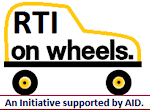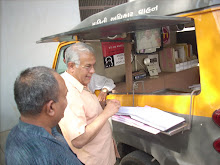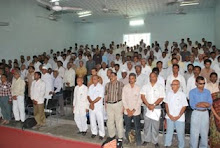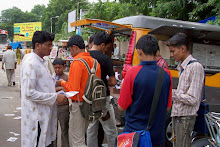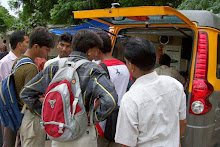Times of
India: New Delhi: Sunday, January 20, 2019.
The
national crime records bureau, which tabulates and analyzes crime data in
India, is considerably behind schedule in releasing its annual report but is
looking to deliver a richer and more varied picture by categorizing offences
such as attacks on journalists, RTI activists, hate crimes, lynchings and fake
news.
It
will be for the first time that NCRB's annual report will provide data on
crimes that have been in discussion but were not logged in separate categories.
The crime in India 2017 report, likely to be released ahead of elections, will
include incidents such as "lynching by 5 or more persons",
"mercilessly beating" or "crushing by vehicle" among
murders.
Also,
"political reasons", "hate crimes", "fake
news/rumours" apart from "psychopath/serial killers" and
"gang rivalry" are going to be part of the categorization when it
comes to motives for murder or type of crime. The new data will tabulate how
many people were killed in police lathicharge, police firing or by a riotous
mob.
The
annual publication, on which the policy-makers, police, criminologists,
researchers and media in India and abroad depend for their planning and
analyses, was to be released by October or November last year but NCRB decided
to write to all states seeking details under the new crime heads. Most of the
states are yet to provide the fresh data.
Officials
said earlier crimes were classified in 40 categories, which have now been
increased to 70 crime heads in the NCRB report.
Among
other interesting inclusions this time are crimes committed in schools, or by
political leaders, "sants" (religious leaders), khap panchayats,
illegal immigrants, transgenders, bank officials, students, private bodyguards
and incidents of stone pelting, encounters of civilians and death of security
personnel in terrorist incidents.
An
organized crime category will for the first time reveal how many crimes were
committed by 'supari' or contract killers, sand and mining mafia, examination
racketeers or hawala operators.
While
dealing with crimes involving communication devices under the IT Act, the
report will analyze cases of fake news on social media, cyber stalking of women
and children apart from any incident of abetment to suicide via an online
activity. People who have committed rape after befriending a woman or a girl on
social media or created a fake profile, morphed a picture or defamed a woman
online would also be part of the latest statistics.
Till
now, government didn't collect data on attacks on RTI activists, journalists,
social activists, whistle-blowers and witnesses who struggle or write on issues
related to corruption, gender-based violence, caste, or expose illegal
activities related to any mafia or a political party but the ministry of home
affairs last year directed NCRB to tabulate and analyze the pattern.
RTI
activist Anjali Bhardwaj said, "The NCRB collecting data on activists,
whistle-blowers and journalists is a welcome step. However, it must be
meaningful and accurate rather than misleading. What happens is that when an
activist goes to register an FIR in the police station, either the complaint is
not registered, or the purpose of attack is diluted to save the vested
interests. I hope NCRB analyzes the motives behind these attacks."




